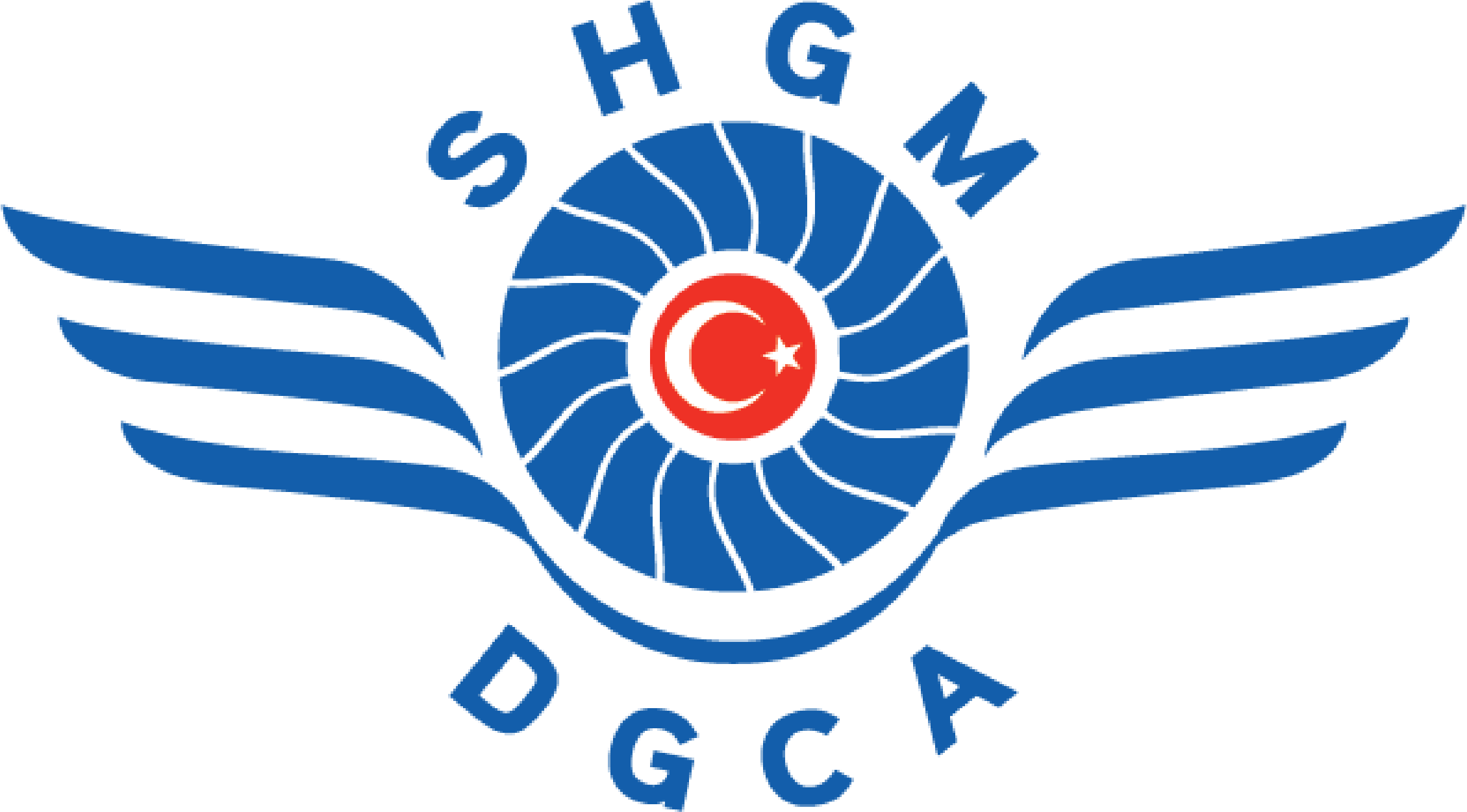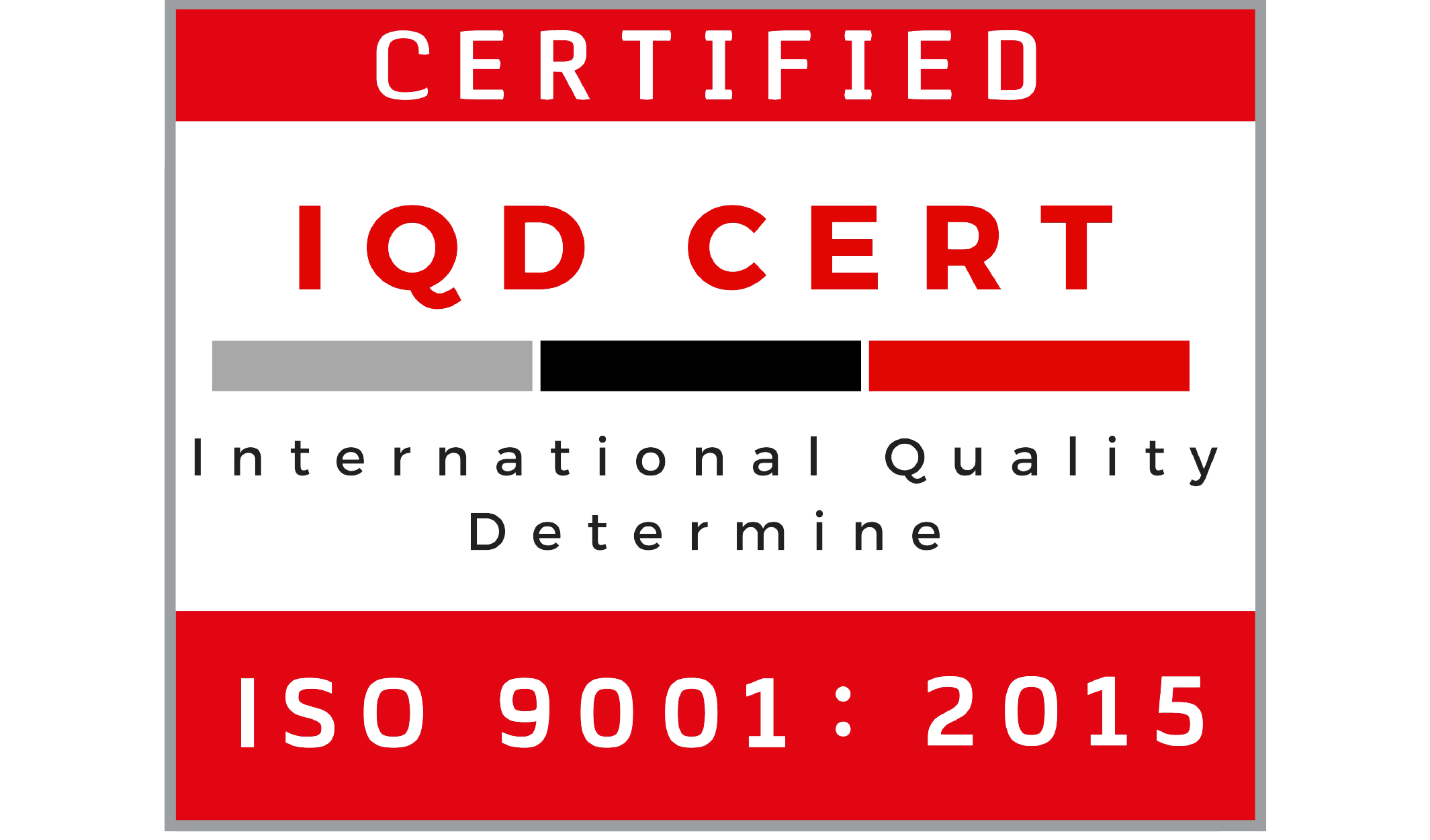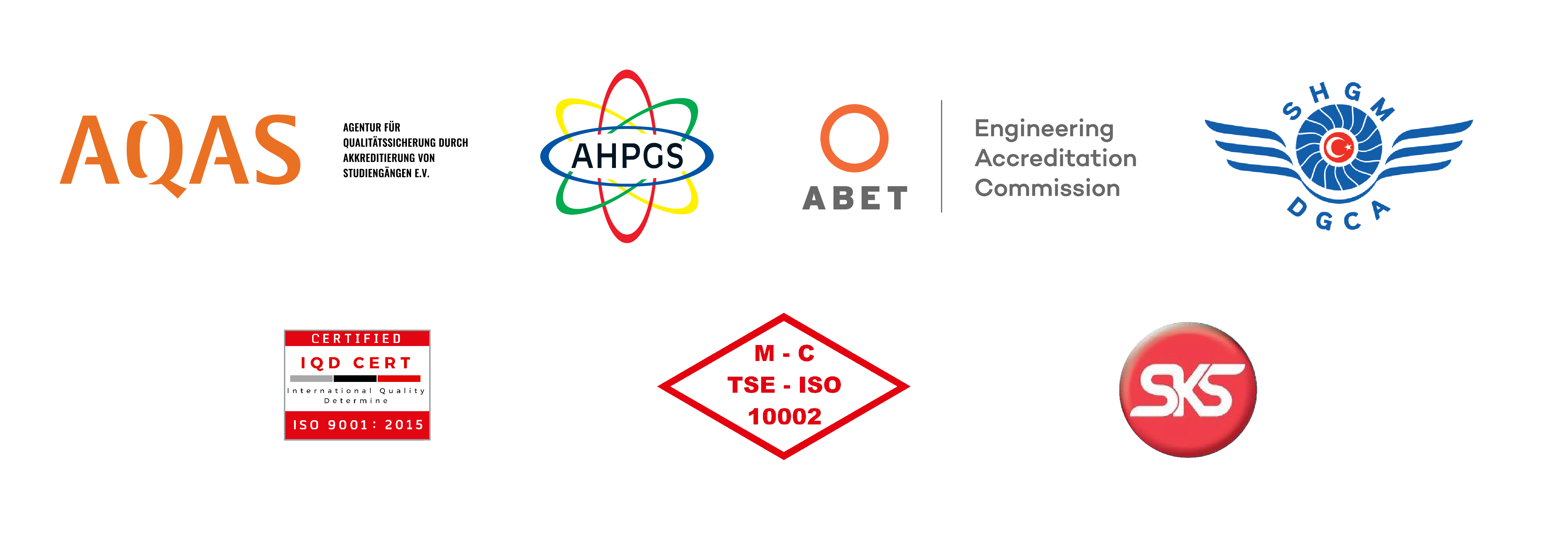Breathing exercise recommendation to reduce stress before LGS
Recommending breathing exercise to students in order to reduce stress before the central high school transition system (LGS), Asst. Prof. Dr. Haluk Saçaklı said: “Arrive early to the exam place and walk for 5 minutes in a slow pace in a calm environment.” Saçaklı informed about abdominal breathing exercise that students can do.
“DO IT SLOWLY 10 TIMES”
Stating that most people’s breath is stuck between the rib cage and the trachea,
Asst. Prof. Dr. Haluk Saçaklı from Istanbul Gelisim University said: “However, this is not a correct way to breath. You need to extend the path of the breath. First of all, the first place the breath fill is the abdominal cavity. Expand your belly with air through a deep breath that you take from the nose. By delivering the air you take into the chest, and then to the trachea through the diaphragm muscle. Feel the air in the trachea, get its flavor, after holding it for 2 seconds, if the nasal passages are open, start exhaling slowly again through the nose. First the shoulders come down, then the rib cage is pulled in; at the end, pulling your stomach in and out, exhale the air completely. Come early to the exam place, walk 5 minutes at a slow pace in a calm environment. Then, do this breathing exercise while sitting and do it slowly 10 times.”
“FEEL YOUR MUSCLES HAVE TINGLED BY COOLING DOWN”
Speaking about relaxation technique that students can do after taking their place in the exam, Asst. Prof. Dr. Haluk Saçaklı stated: “Open your arms to both sides, close your eyes and free your mind as much as possible. To begin with your head, make your muscles stretch especially in the forehead and skull area for about 10 seconds. Then relax your muscles completely. Think of the difference between the two situations in your mind and allow your muscles to relax more. Feel the tingling respectively in all your muscles on your face, neck, chest, upper legs and toes by relaxing within 30 seconds with the same method.”
“OMEGA-3 REDUCES STRESS”
Giving suggestions about the nutrition before exam, Saçaklı warned: “Do not consume red meat at lunch.” And he said that students should prefer to eat fish or chicken.”
Saçaklı spoke as follows:
“Omega-3 fatty acid in fish reduces stress. Amino acids in fish are also effective in order to reduce stress. Salads should have plenty of lettuce. Prefer grain made of brown flour instead of white bread, white rice, white pasta. High-glycemic carbohydrates instantly raise glucose and increased insulin hormone causes sudden glucose decreases. Decreased glucose increases stress, and sudden aggressive attacks may occur when stress increases. Before long and stressful meetings; if some bran biscuits, green apple, lemon juice, hazelnut, walnut, sunflower seed are eaten, the stress will decrease considerably. Herbal tea should be preferred over excessive caffeinated beverages. Legumes are also one of the important nutrients that reduce stress.”
“USUAL BREAKFAST MENU SHOULD BE PREFERRED”
Emphasizing that plenty of water should be drunk during intense tension, Saçaklı spoke: “Certainly, main meals and snacks should not be skipped because stress increases as the duration of hunger increases. In the evening menu, yogurt or whole wheat pasta with cheese should be consumed. Dessert should not be eaten at lunch, if they eat, it should be preferred between 16.00-17.00. Breakfast should definitely be had on the exam morning. Breakfast regulates blood sugar, further affects brain cells, calms down, improves mental performance. The usual breakfast menu should be preferred. In addition, a handful of walnuts and hazelnuts should be consumed, but olives and milk should not be consumed for breakfast. Go to bed at 22.00 before the exam and try to have quality sleep by freeing your mind.”
.jpg) Created Date: : Thursday, June 18, 2020
Created Date: : Thursday, June 18, 2020
.jpg) Created Date: : Thursday, June 18, 2020
Created Date: : Thursday, June 18, 2020







